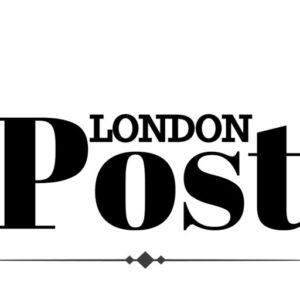Location-based planning requires more than a rough visual.. The accuracy of data is crucial in the decision-making process for property, infrastructure, and environmental professionals who shape communities, allocate budgets, and ensure safety. The difference between licensed Ordnance Survey (OS) maps and free platforms is evident when there are real-world implications. Referring to quality sources, such as the UK Map Centre, will ensure that not only will the geographic base of a project appear accurate, but it will also be legally valid, technically correct, and accurately scaled.
Clarity and Consistency in Licensed Data
Ordnance Survey maps are designed to high-quality standards, offering consistency of accuracy across different layers, including topography, transport systems, heights, and boundaries of land parcels. All information is correctly verified, which enables architects, engineers, and surveyors to trust every detail, as it reflects the physical reality.
Free mapping software may be acceptable for ad-hoc navigation, but the vast majority of these sources rely on crowd-sourced or automatic data, which is not always reliable. This variation poses an unwarranted risk in instances where accuracy is critical, such as in planning applications, land registration, or boundary disputes.
Legal Compliance in Professional Applications
Planning documents, land registry applications or utility proposals may require the use of officially licensed mapping to be submitted. Local governments and legal institutions in the UK often reject submissions based on unconfirmed or unstandardized images.
Licensed OS data meets the specifications for scale, presentation, and coverage required. When submitting either a title plan or a clarification of boundaries, a map produced by a licensed supplier, such as the UK Map Centre, will meet these formal requirements and prevent any delays in acceptance.
Free Alternatives Fall Short on Detail
Most free platforms collect data from various sources with poor resolution. Roads can be placed a few metres out of place, elevation lines can be seemingly absent or outdated, and minor infrastructure, such as service roads, ditches, or footpaths, can be depicted irregularly.
This is not disastrous when it comes to simple navigation or exploration. When it comes to a property development company deciding on access routes or a utility company planning underground pipes, a minor mistake can escalate into financial or safety problems. These tasks require the granularity that is offered by licensed maps.
Regular Updates and Temporal Relevance
The development scene is constantly evolving. The usefulness of a map is affected by housing expansions, road rerouting, floodplain adjustments, and other factors. Ordnance Survey information is updated frequently to ensure that new buildings and other infrastructure are mapped in an updated and timely manner.
Free tools can be outdated or updated periodically, creating an illusion of currentness. Individuals who use this data to evaluate the viability of a site, manage land assets, or create risk assessments need access to current details that free platforms are likely to lack.
Intellectual Property and Usage Rights
Another factor that has been overlooked is legal usage. Most free platforms are open to everyone, but prohibit commercial or derivative use of their maps. Duplication or modification of this information for use in business can be a violation of the licensing agreement, leading to legal issues.
Licensed OS maps have explicit usage agreements that are designed according to professional requirements. By using a licensed provider such as the UK Map Centre, not only is compliance guaranteed, but also peace of mind, which is essential to organisations operating within regulated areas.
Built for Integration and Analysis
Most commercial applications require compatibility with GIS (Geographic Information System). Ordnance Survey licensed datasets are developed to work with survey, planning and infrastructure modelling analysis software.
Free maps, which are typically intended for visual browsing rather than technical use, may not include file formats or metadata structures suitable for performing layered analysis. This restricts their use to inspections deeper than the surface.
Precision That Professionals Can Rely On
When precision, conformity, and usability determine the results, the use of certified geographic information becomes non-negotiable. Professional OS maps provide the accuracy and legal authenticity needed in the workplace. These maps are helpful in boundary resolution, planning submissions, and infrastructure modelling, where assumptions may result in expensive mistakes. Free options will be adequate in the daily orientation. Still, in the environment of regulated industries and long-term development, only licensed mapping can back the decision with the confidence that it merits. Selecting good data is not an option but a requirement in ensuring that the job is done right.








